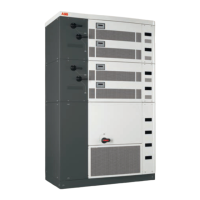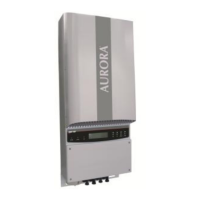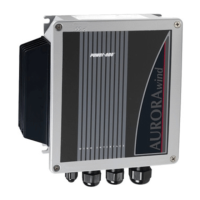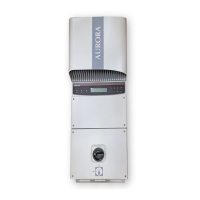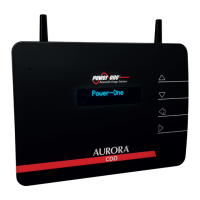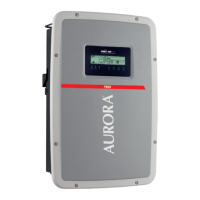Do you have a question about the Power One AURORA PVI-10.0/12.5-OUT-xx and is the answer not in the manual?
| Model | AURORA PVI-10.0/12.5-OUT-xx |
|---|---|
| Max. DC Voltage | 1000 V |
| Frequency | 50/60 Hz |
| AC Output Frequency | 50/60 Hz |
| Number of MPP Trackers | 2 |
| Maximum DC Input Voltage | 1000 V |
| Operating Temperature Range | -25°C to +60°C |
| Protection Degree | IP65 |
| Max. AC Power | 10000 W |
| AC Output Power | 10000 W / 12500 W |
| Maximum AC Output Power | 10000 W / 12500 W |
| AC Voltage | 400 V |
| AC Output Voltage | 400 V |
| MPPT Voltage Range | 360-800 V |
Introduction to photovoltaic energy and its importance for the environment.
Explains photovoltaic panels, strings, and arrays and their role in a PV system.
Lists the different models and versions of the AURORA photovoltaic inverters.
Covers remote monitoring capabilities and data checking procedures for the inverter.
Provides a block diagram and technical overview of the AURORA inverter's architecture.
Details the safety features and protective systems like Anti-Islanding and ground fault detection.
Instructions for checking the received package for damage or missing items upon delivery.
Lists the items included in the AURORA inverter package for verification.
Guidelines for choosing an appropriate installation location and required clearances.
Step-by-step instructions and diagrams for mounting the inverter securely on a wall.
Critical safety warnings and prerequisites before making any electrical connections.
Detailed procedures for connecting the AC and DC power sources to the inverter.
Steps to safely remove the front panel for accessing internal components and terminal boards.
Instructions for safely replacing the CR2032 lithium battery within the inverter.
Guidance on how to remove and replace the inverter's memory module to preserve data.
Steps for replacing the RS485 communication board for data transfer.
Overview of the inverter's operating modes and interaction via the LCD and buttons.
Details real-time and stored data accessible through software and the LCD display.
Explains the function and meaning of the POWER, FAULT, and GFI LEDs on the inverter.
Lists and explains error codes and warning messages displayed on the LCD for troubleshooting.
Covers display sequences, navigation, and detailed information shown on the Liquid Crystal Display.
Describes methods for connecting the inverter for data communication via RS-485 or RJ12 connectors.
Provides tables detailing the accuracy, range, and resolution of various measured parameters.
Technical specifications for the inverter's DC input voltage, current, and power parameters.
Technical specifications for the inverter's AC output voltage, current, and frequency parameters.
Details compliance with grid protection standards and features like Anti-Islanding.
Lists general characteristics like efficiency, dimensions, weight, and operating environment.
Explains power reduction mechanisms due to ambient conditions and input/output voltage variations.
Information on built-in ground fault protection and recommendations for external protection devices.
